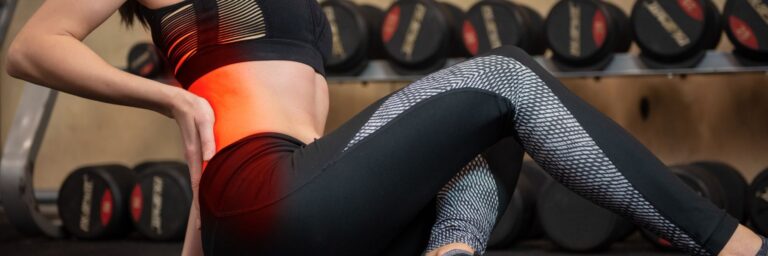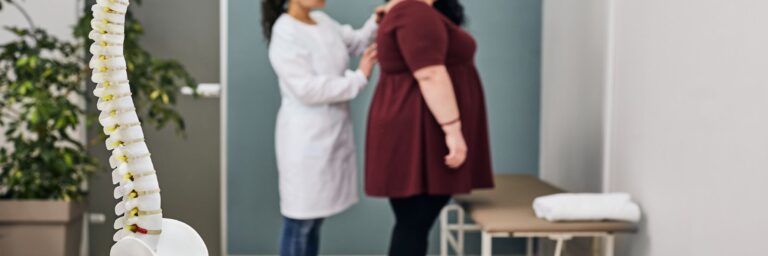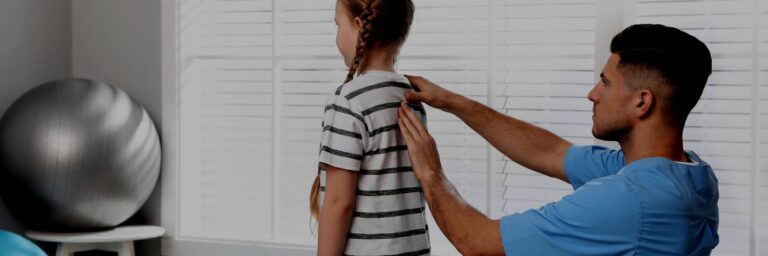Carpal Tunnel
“We get it. You may have been told just to live with your pain, but that’s not necessary anymore.” With our help you can address the root causes of carpal tunnel and from there move on toward Wherever life takes us!
If your spine is crooked, your pelvis tucked under and you’re rounded forward. As a result of this position your shoulders are compressed which can lead to pain in the neck or back; it also hampers posture by leaving one with little room for stretching out those muscles that have been shortened due their unnatural postures throughout most parts of each day (spinal misalignment). That’s not all! This contributes to CTS you may recognize CTS symptoms such as difficulty focusing on screens after long workdays spent sitting down–or even migraines at certain times during daylight savings period when they occur more commonly.
According to Pain Free at Your PC by Pete Egoscue, people suffering from CTS have ‘blisters’ in their wrists. This occurs because there is friction and stress on the bones of these individuals’ hands when they use a computer keyboard or mouse; it’s not caused by using those devices themselves—it happens due largely in adjustment that takes place within one’s skeletal alignment itself . This is key and just as you might get blisters if excess pressure exists anywhere across your feet , so too does this happen with respect towards where some muscles should work harder than others.
When we talk about eliminating “blisters” on the body, it is important not to have tunnel vision and focus only where you experience pain. The key for getting rid of these CTSs may be more simple than one might think: We just need stay committed toward changing our shoulder position while sitting at desks! Try this test now by placing your forearm parallel with thighs along side them; palm down if possible (or up), onto table running lengthwise through hip joints-bone extended as far back into chair cushions will allow–making sure elbows form 90 degree angle.
Wow! I know that seems like an easy exercise, but it’s really important to keep your wrist straight and glance down at the ground without moving your head position. You should see space right under where your hand is sitting on top of itself in front if you palm-side up; If not then back off until there is room for all three joints (wrist/scapula). Make sure when performing this move correctly so as much weight isn’t transferred from one side too another by rolling hips forward instead which will help accommodate extra bending due both shoulders coming together beneath chest rather than pulled apart unevenly.
CTS is a tricky thing to deal with. The effect of shoulder position on your wrist can be traced back, but it’s not actually the cause; instead we have found that challenging positioning involves our muscles holding onto their new functional postures and this will help them strengthen themselves thus reducing or eliminating any future problems related to CTS in both types of postures.
The carpal tunnel is a narrow passageway in the wrist that connects your forearm to your palm. It consists of bones and connective tissue, which creates an ideal environment for nerves because it’s so restricted when they expand with inflammation or other conditions like tendinitis . Several important muscles will become compressed if this happens- one being called flexors ulnaris․ These are responsible for moving fingers towards each other “carpal” style (so named due its proximity). When any 9 long Flexor tendon passes through these tight spaces between our wrists & hands; there isn’t much room left over.
Carpal Tunnel Syndrome
Carpal tunnel syndrome can be a difficult diagnosis to make. It typically presents with numbness and pain in the first four fingers, but some patients also experience tingling or weakness over other areas of their body as well. CTS is most commonly found among workers who do repetitive motions such as typing at desks all day long; those folks will tell you that they have trouble buttoning shirts due not just physical discomfort from being unable get each individual snap closed without help–but simply getting around fully dressed becomes an issue too.
Diagnosis
The severity of carpal tunnel syndrome can be diagnosed with nerve conduction studies and electromyography testing. Wrist splints are helpful in reducing inflammation, while injections near the site where pain exists help ease it significantly for many people who suffer from this condition.
Treatment
Please call us immediately if you are experiencing carpal tunnel pain. Our specialist will come to evaluate your current health condition and offer treatments like spinal cord stimulation or phantom sensations so that we can reduce the discomfort as much as possible.








